Both and assault on and a delight for the senses, the Pitt Rivers Museum in Oxford is unlike any other museum you’ve visited (seriously, I have been in museums all over the world, and none compare to this one).
Referred to by many as the Duomo, this imposing and breathtaking cathedral in Florence (it literally took my breath away the first time I saw it), is officially known as the Cathedral of Santa Maria del Fiore.
A mix of both Gothic and Renaissance architecture, its fabled dome rises above the historic city, and its intricate facade of white, green, and pink marble attracts millions of visitors each year.
The Rosetta Stone is more than an artifact; it is a symbol of discovery, persistence, and the enduring quest for knowledge. Its story reminds us that even the smallest objects can hold the key to unlocking great mysteries.
UNESCO World Heritage Sites are more than just landmarks or tourist attractions — they are globally recognized treasures that hold significant cultural, historical, and natural value.
Whether a site showcases human ingenuity, natural beauty, or a combination of both, these places serve as a reminder of our shared heritage and responsibility to preserve it for future generations.
The sky was a mosaic of grey, and my face felt raw from the wind that had been whipping against it for most of the afternoon. The thin, pink silk scarf wrapped around my shoulders was doing very little to keep out the chill.
One of the best parts of strolling through the historic heart of Portugal’s cities — like Lisbon, Porto, and Lagos — is encountering the stunning decorative tiles that can be found covering the facades of both medieval and more modern homes, restaurants, cafes, churches, shops, and train stations.
But where did all these tiles come from?
I have to admit, I get a certain thrill (okay, I totally geek out) when I get to visit a place that I've seen on the big screen — Rosslyn Chapel did not disappoint.
Made famous in the film version of Dan Brown's novel The Da Vinci Code, this ornately carved church overlooks the beautiful rolling hills of rural Scotland at the edge of the town of Roslin.
I am a firm believer in learning, and teaching, history (disclaimer: history was my minor in university, so I have a slight bias). In order to understand where we are going, and not repeat the same mistakes, we have to know where we came from.
Located in the heart of the city of Edmonton, the capital of Alberta in Canada, the Royal Alberta Museum (RAM) opened its doors in its new location in October of 2018. The new space is 419,000 square feet — twice the size of the former museum — making it the largest museum in western Canada!
With the vast availability of Ebooks and audiobooks, reading from a physical book is becoming more and more uncommon. New technology has allowed us to have access to millions of books at our fingertips.
But, there is still something special about stepping foot inside of a library — a place that has helped mold some of our world’s greatest minds.
When you read the words “Old English”, I am sure that the first thing that pops into your head are passages from Shakespeare's plays and words like "thou" and "ye".
I am afraid, however, that you would be incorrect.
Did you know that T Rex lived ONLY in the western part of North America? That there were pygmy dinosaurs living on islands in what is now Europe? And that most dinosaurs had feathers?!
If you love Shakespeare, then you may know that April 23 is both his birthday and death day — the perfect day to celebrate and remember his legacy. (This is an especially special day for bookworms, as it is also World Book Day.)
The camo-clad American soldier stood up from his seat at the front of the bus and faced us.
He waited until he had everyone’s attention and then, his voice conveying no emotion, informed us that the sparse forest on either side of the dirt road we were driving down was devoid of any signs of human activity because it was full of active landmines.
The eight-part investigative series Hunting Nazi Treasure (premieres Oct 24, 2017) chronicles one of the greatest thefts in history, and the epic quest that an international team of experts embarked on to locate billions in art, gold, and other treasure that was stolen by the Nazi's during the Second World War.
I'll admit it.
I definitely judged this book by its cover.
And man, oh man, did the cover make me want to read it!
Put your hand up if you are one of those people who LOVES to geek-out in museums when you travel!
Well, I definitely am.
On every trip I take, I make it my goal to visit at least one well-known and one totally quirky museum (looking at you chocolate museum in Barcelona!) before leaving the city.
Since the first time I read a book by Paulo Coelho (The Alchemist), I've been hooked — and The Spy does not disappoint.
The book is based on the life and death of the fascinating Margaretha Geertruida "Margreet" MacLeod, also known as Mata Hari.
New technology is completely changing the fields of history and archaeology, as the use of innovations like Ground Penetrating Radar archaeology are resulting in new discoveries all over the world. This tech is even changing the way we look at old discoveries, as new chambers, burials, buildings, and more are being discovered in previously excavated areas. Before I share some of the most fascinating discoveries that have been made recently using GPR, let's start with one very important question.
What is the Grand Tour?
Long before Contiki Tour busses started carting tourists around Europe at breakneck speed — beginning in the late sixteenth century to be exact — young aristocrats from England, Germany, Scandinavia, and America started travelling to Paris, Venice, Florence and Rome as a way to round out their classical educations. This practice came to be known at the Grand Tour of Europe.
In 1974, east of what is now called Xi’an in China, peasants digging a well in their field uncovered one of the largest, and arguably the most important finds of the 20th century — an underground vault full of thousands of intact terracotta warriors and horses standing in battle formation.
During World War II, Hitler was obsessed with tracking down and confiscating treasure in the form of art, relics, jewellery, gold, weapons, etc. He amassed massive secret caches of these items all over Nazi occupied territories, including — according to Polish lore — a train loaded with gold, weapons, and art that vanished into the mountains in Poland at the end of WWII and has never been found!
On my last trip to New York, I spent hours (and hours and hours) at The Met walking around in awe at all the incredible artifacts that seemed to appear at every turn. The only place I've seen anything comparable is at the Louvre or the British Museum. One thing I found different from both of these museums, however, was the unique and fascinating pieces that were in The Met's Egyptian exhibits.
About 130 feet under Qiandao Lake in China sits a perfectly preserved city that disappeared under the water in 1959 when the valley where it sat was purposely flooded to make way for the Xin'an River Dam. Almost 300,000 people were relocated.
Before we get to the "beware" part, let's start with the basics.
The Ideas of March, or Idus Martiae in Latin, is the day in the Roman calendar that corresponds with March 15.
I recently started watching the eight-part mini-series Hunting Hitler on the History Channel and I am totally hooked.
The show's premise?
Answering the question: Did Hitler survive WWII?
We've all heard of Pearl Harbor.
Usually in the context of WWII history and the bombing that took place there ushering the US into the war and (depending on what textbook you read), giving the Allies the leg up they needed to defeat the Nazis.
An iconic piece of London's history for more than 150 years (and a major tourist attraction), the Elizabeth Tower, known to many as Big Ben ('Big Ben' is actually the name of the bell, not the tower itself), may soon fall silent.
The Memory of The World sounds like something out of a movie (when I first heard the term, I pictured never-ending rows of mahogany bookshelves stretching for miles under elaborately painted ceilings) but it is actually very real and absolutely fascinating.
This ancient clay tablet is inscribed in cuneiform with a map of the countryside around the important Mesopotamian city of Nippur, now part of southeastern Iraq, south of Baghdad. Written in cuneiform, it is dated to some point in the 14th-13th century BC, making it one of the oldest known maps in the world!
When Mount Vesuvius exploded in Italy in AD 79, it not only buried the city of Pompeii but a lot of the surrounding homes as well. One of the most luxuries properties engulfed by layers of ash was the Villa of Papyri located in nearby Herculaneum.
You can't turn on the TV without coming across fictional shows about the FBI, CIA, NCIS, MI6 or some other covert organization operating somewhere in the world. I have to admit that I am definitely a sucker for these shows (who doesn't love Homeland?), and while I have managed to figure out generally what these organizations do in the real world, the one that I have always been a bit confused about is the Mossad.
I have to admit, the last tourist site that I was interested in visiting when I was in Edinburgh, was the former Royal Yacht Britannia.
It was well off the beaten path, and as far as I knew was just a boat.
What was the big deal?
The small bowl, or saucer-shaped champagne glass (called a coupe) is often claimed to be modeled on the left breast of the famed French aristocrat Marie Antoinette (1721-1793).
Often considered to be the inspiration for the romanticized, over-sexed spy, and credited with being a key player in the creation of the CIA, Sir William Samuel Stephenson was an inventor, real-life master spy, and businessman.
Like most big cities, the one that I live in used to have an efficient and elaborate street-car system that was dismantled long before I ever came along, and the streets were overtaken by cars.
Located at the base of a now dormant volcano, the ancient city of Pompeii is one of the most visited spots in Italy.
This incredible city, active archeological site, and invaluable piece of history always seems to be under constant threat, however. The site has to content with looting tourists, the elements, the Italian mafia (archeologists working at the site often receive death threats), and lack of funds for restoration.
In the fall of 2012, a team of archeologists from the University of Leicester discovered a skeleton under one of the town's parking lots. Shockingly, the skeleton turned out to be the lost remains in King Richard III who had been killed in battle in 1485!
The night before had been one of those rare, unforgettable nights that had ended with falling asleep (passing out) fully clothed and waking up with case of the disoriented giggles, and a blood alcohol level higher than what would allow me to legally drive.
If you are anything like me, one of your favourite things about travelling is finding those spots that transport you back in time, and for just a moment you can pretend that you are part of the era that gave birth to artistic genius, architectural marvels, or mysterious cultures.
Like Helen of Troy, the beauty of Queen Nefertiti has been documented throughout history and her likeness has been studied and revered since it's discovery.
Ring Around the Rosie (or Ring-a-Ring o'Roses if you are from the UK) is a nursery rhyme that many of us have recited on the playground at one time or another. Though it has been part of the Mother Goose collection of folksongs since 1881, this rhyme may have been recited as early as the 1790s all over Europe, and has a pretty dark history.
In the heart of Beijing — through The Gate of Heavenly Peace guarded by a very large image of Mao Zedong — lies the largest and best-preserved collection of ancient buildings in China that were off-limits to the public for more than 500 years — the Forbidden City.
Everyone loves a swashbuckling, edge-of-your-seat adventure tale, but a true one? Even better!
One of the greatest exploration mysteries of our time, finding The Lost City of Z has claimed the lives and minds of scientists and adventurers from all over the world. The ancient city — with complex networks of roads, bridges, temples, and treasures — is believed to be hidden deep within the dark, unmapped depths of the Amazon.
Meaning “in the likeness of a human” in the Inuit language, these mysterious stone figures are found throughout the circumpolar world (and often on hiking trails in the Canadian Rocky Mountains) and are the oldest, and most important, objects placed by humans upon the vast Arctic landscape.
For hundreds of years, the ancient Khmer rulers put all of their time, and a lot of resources, into filling the jungle with impressive temples that were the seat of both religious and political power in what is now called Cambodia.
On December 7, 1941 more than 350 Japanese ships attacked Pearl Harbor on the island of Oahu, the home of the US Pacific Fleet.
Louis XIV, also known as ‘The Sun King’, was a notorious playboy who had the longest, absolute rule in European history (from 1643-1715), during which he expanded royal art patronage making the French Royal court the envy of every ruler in Europe.
National Geographic has aired a documentary, media outlets from around the world have written stories and Art Historians have taken sides on the controversial search for the elusive, lost Leonardo Da Vinci masterpiece.
After taking 130 spiraling steps 20 meters below the streets of Paris, I found myself on the verge of my very first panic attack.
I had never felt the fear of claustrophobia before, but I was pretty sure that it was the reason why I couldn’t catch my breath.
On the day that Mount Vesuvius erupted in 79AD, the sun disappeared behind a thick column of black smoke and the pristine blue of the Amalfi sky was clouded with ash.
A series of pyroclastic surges — low, fast-moving waves of hot, lethal gases and ash — covered Pompeii, instantly killing its remaining citizens that had not escaped the city in time.
I stepped through the door and took a deep breath.
The air was crisp and the cobblestone streets of Cortona were empty. Reaching behind me, I pulled the heavy wooden door shut with a bit too much force, sending an echo through the stairwell behind it. I cringed, hoping that I didn’t just wake half the building, while I bent down to thread the door key through my shoelace and tie it tight so it didn’t fall off mid-run.
If I were to ask you to close your eyes and picture the Greek Islands, what would you see?
White sand? Feta cheese? Brad Pitt dressed as Achilles?
The Pantheon in Rome, one of the city’s most well preserved ancient buildings, has always been one of my favorite sites to visit. This is not just because of its breathtaking architecture and famous tombs (the artist Raphael is buried there) but because of what it once represented.
In 1975, the Khmer Rouge — one of the most lethal regimes of the 20th century — took over Cambodia.
Led by Pol Pot, the regime forced the Cambodian people to work on collective farms and labor projects, as a form of agrarian communism. Sympathetic to the peasants, they killed all who they deemed to be “New People,” or those who lived in the city at the time of their take over.
In most of the bookstores I walk into, the art history section is pretty lean. There are a lot of large-scale glossy photo books with the standard famous works of art in them, but not much that is critical, new, or honest.
Hot Air Ballooning had its inception in September of 1973 when De Rozier, a French scientist, launched the first balloon with a sheep, duck, and rooster as passengers. The balloon stayed airborne for fifteen minutes before it crashed to the ground.
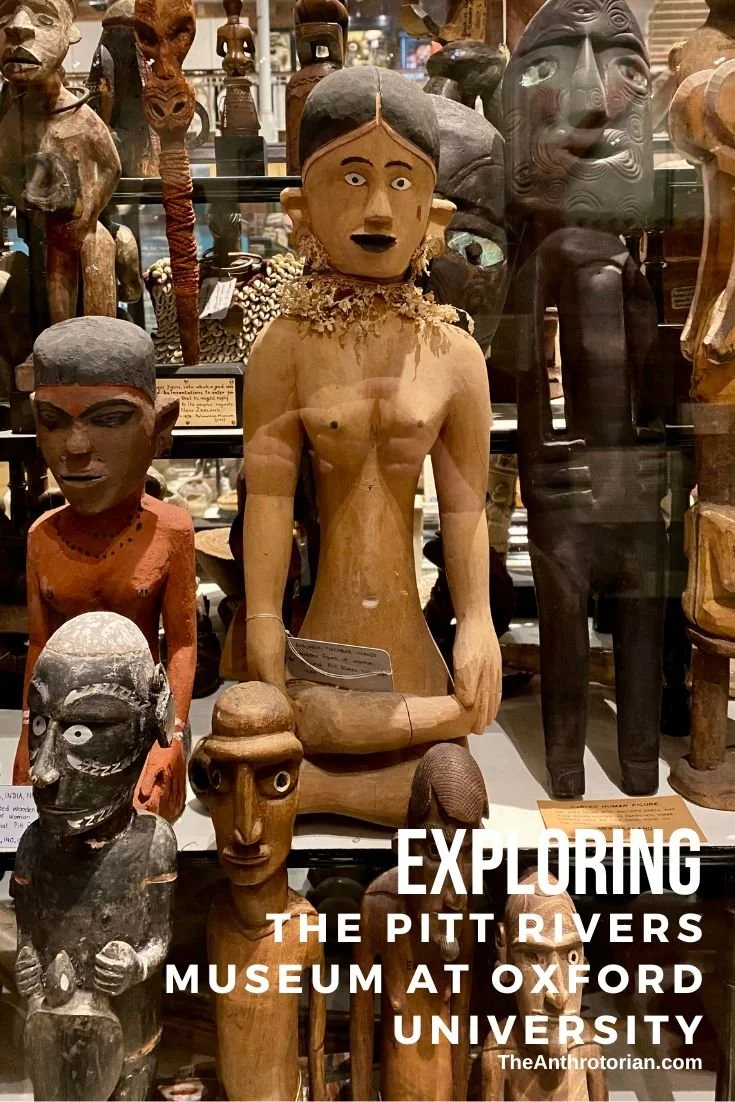



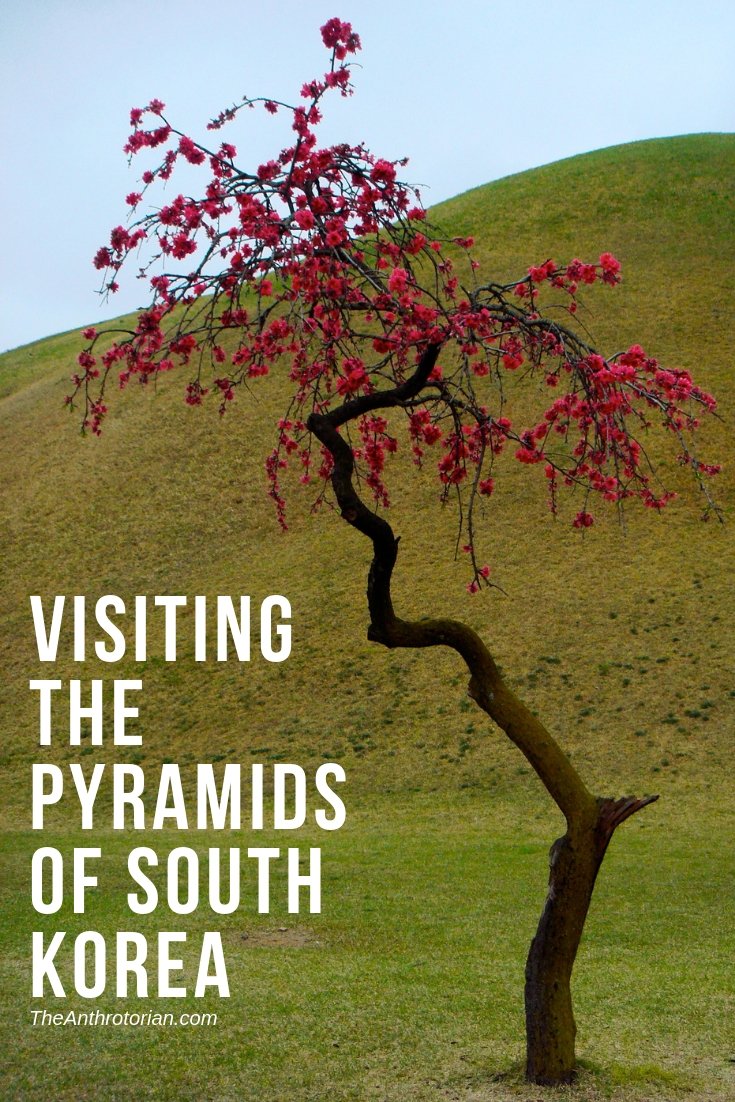










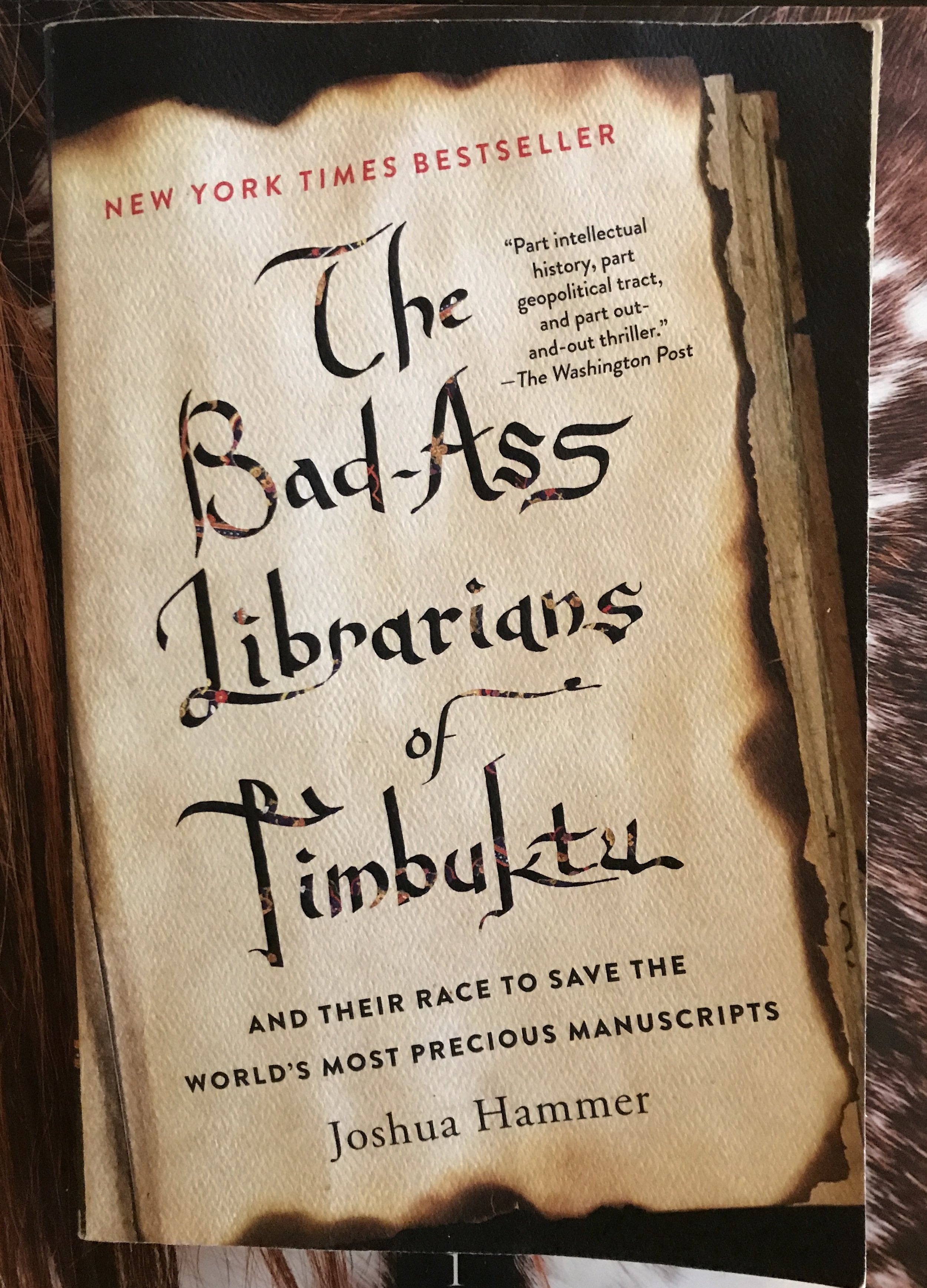











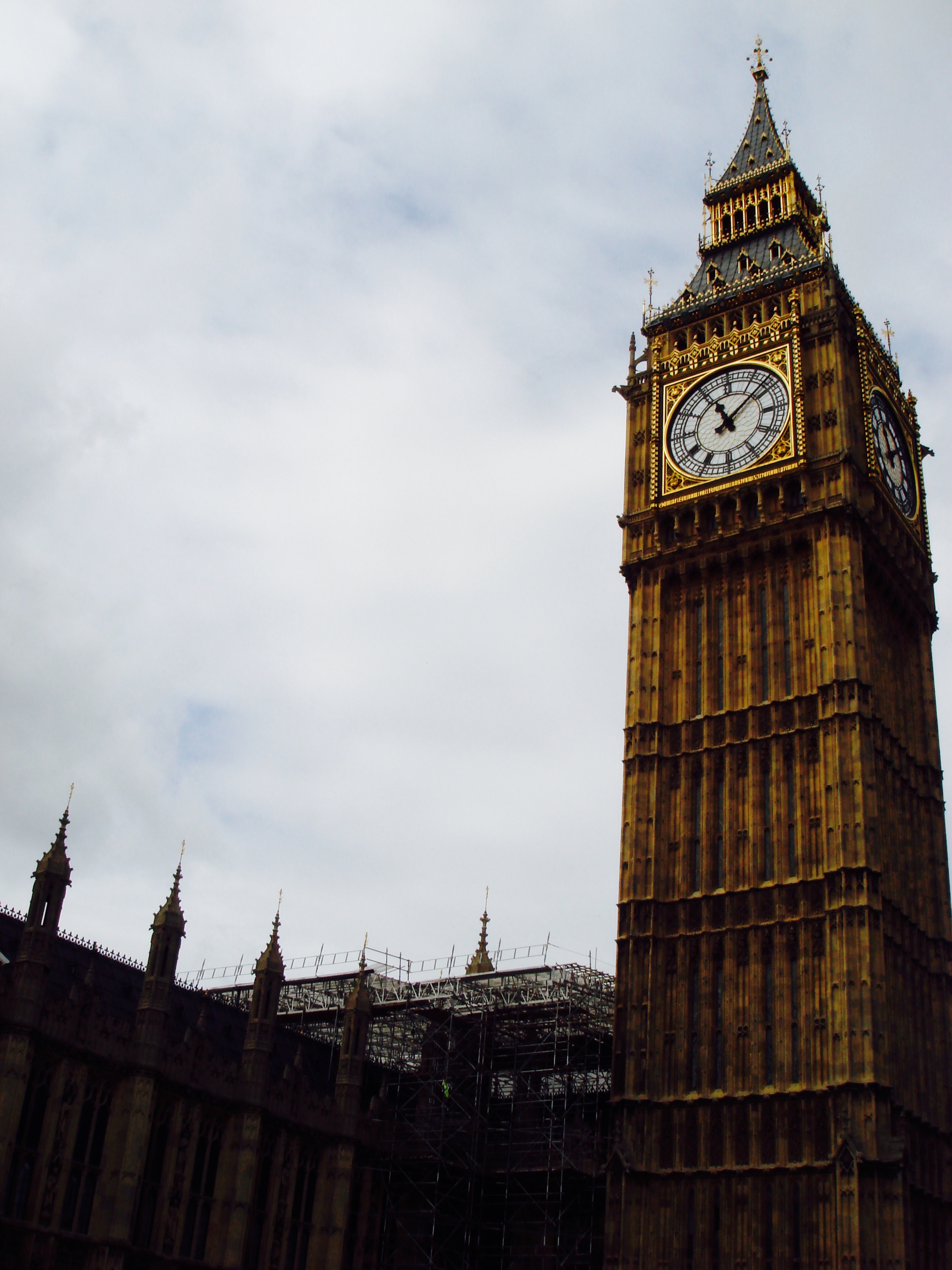










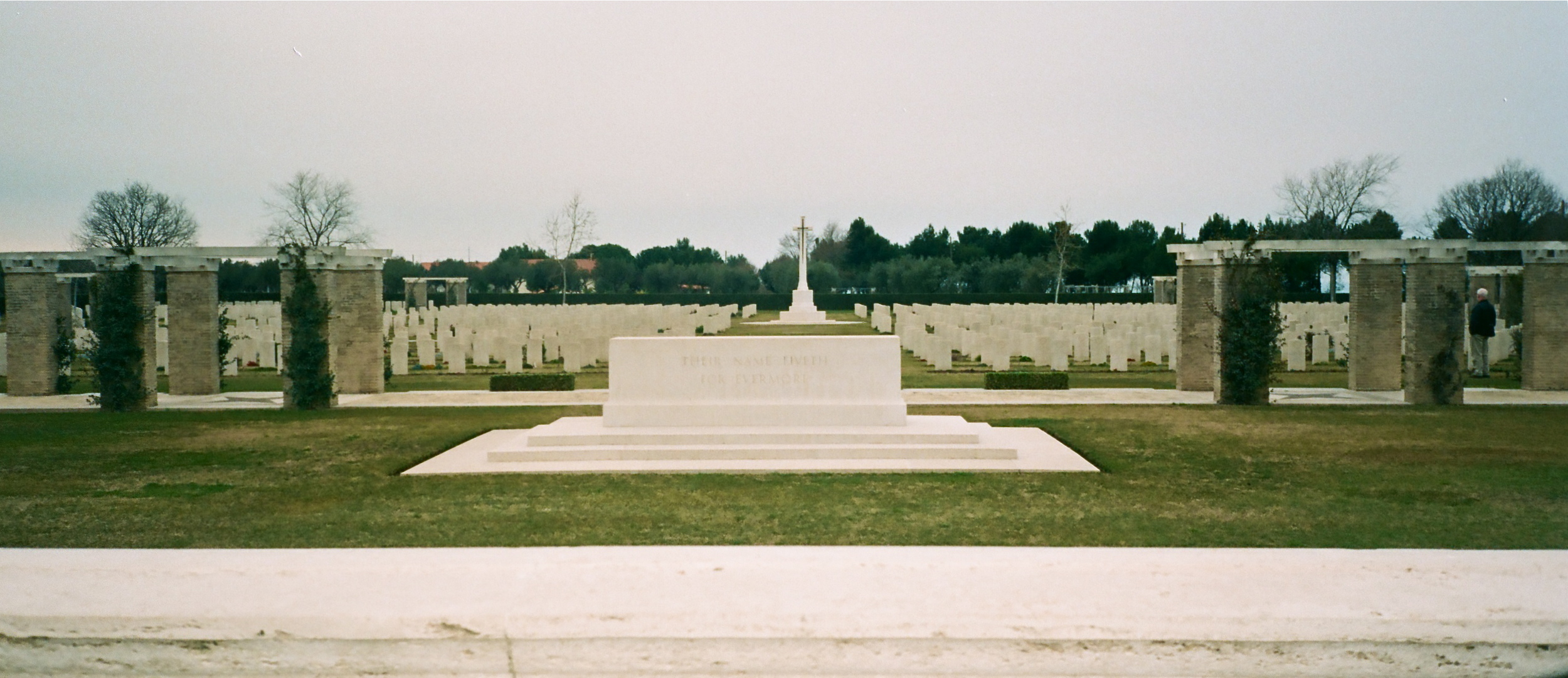

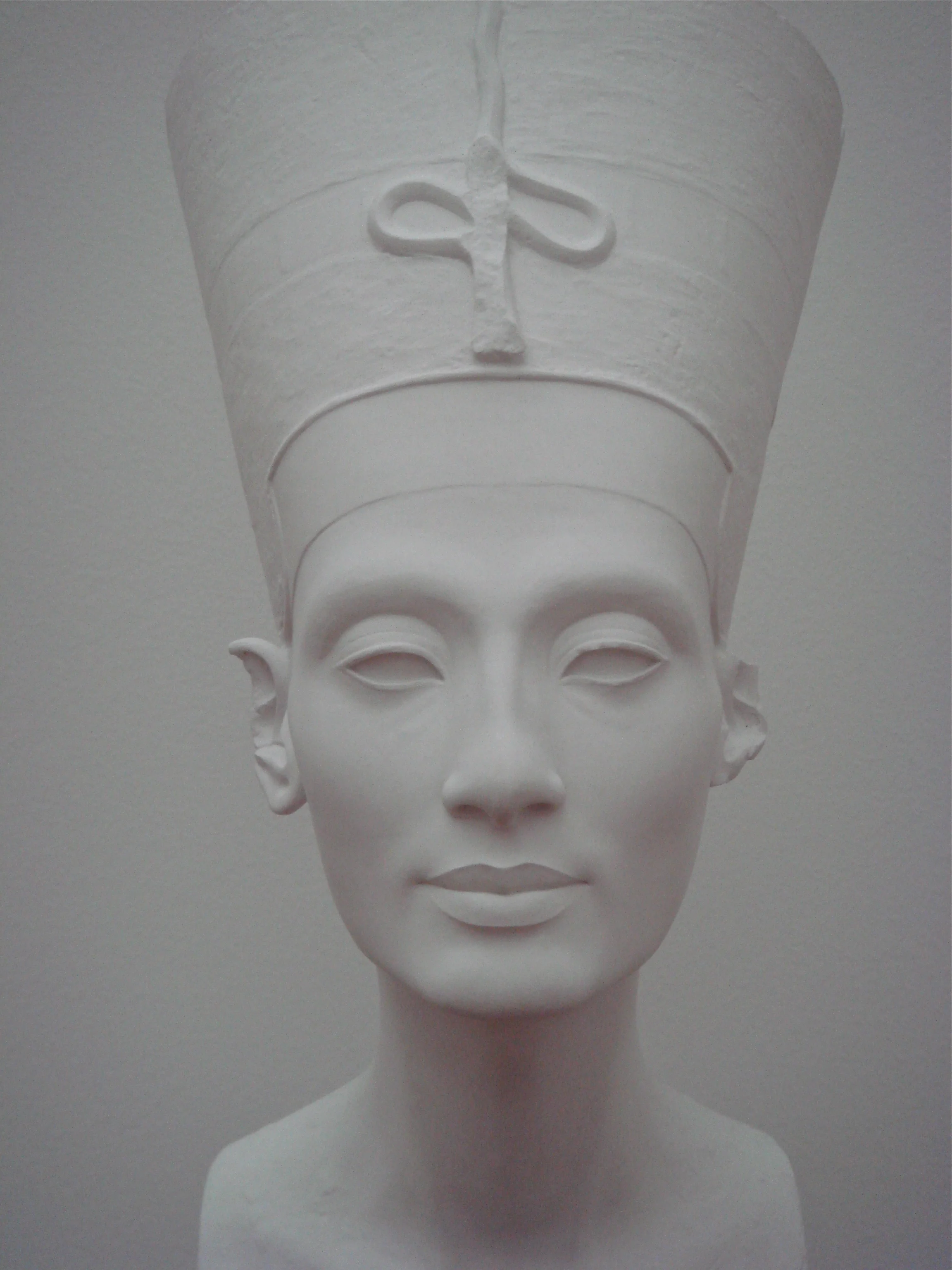

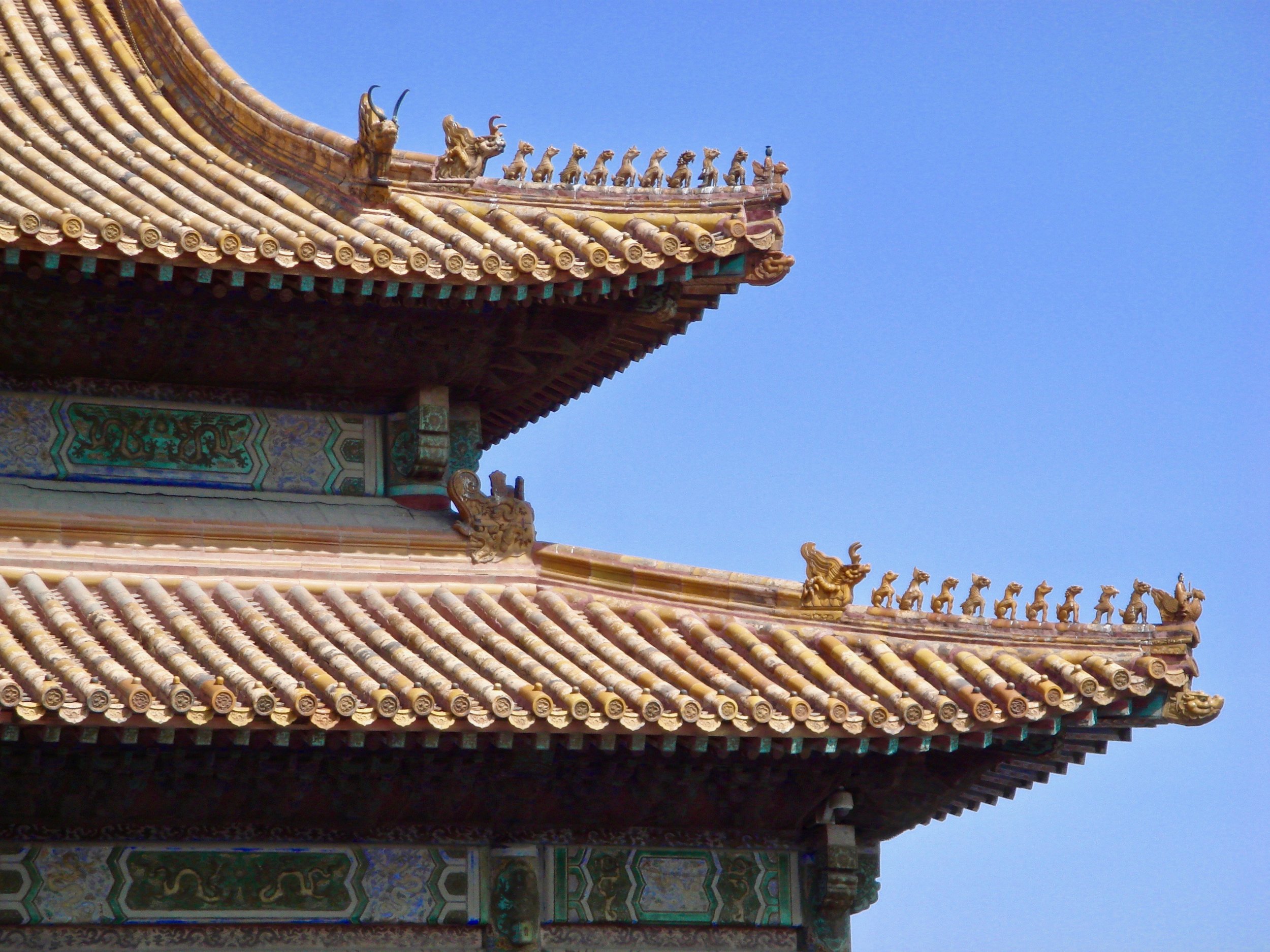

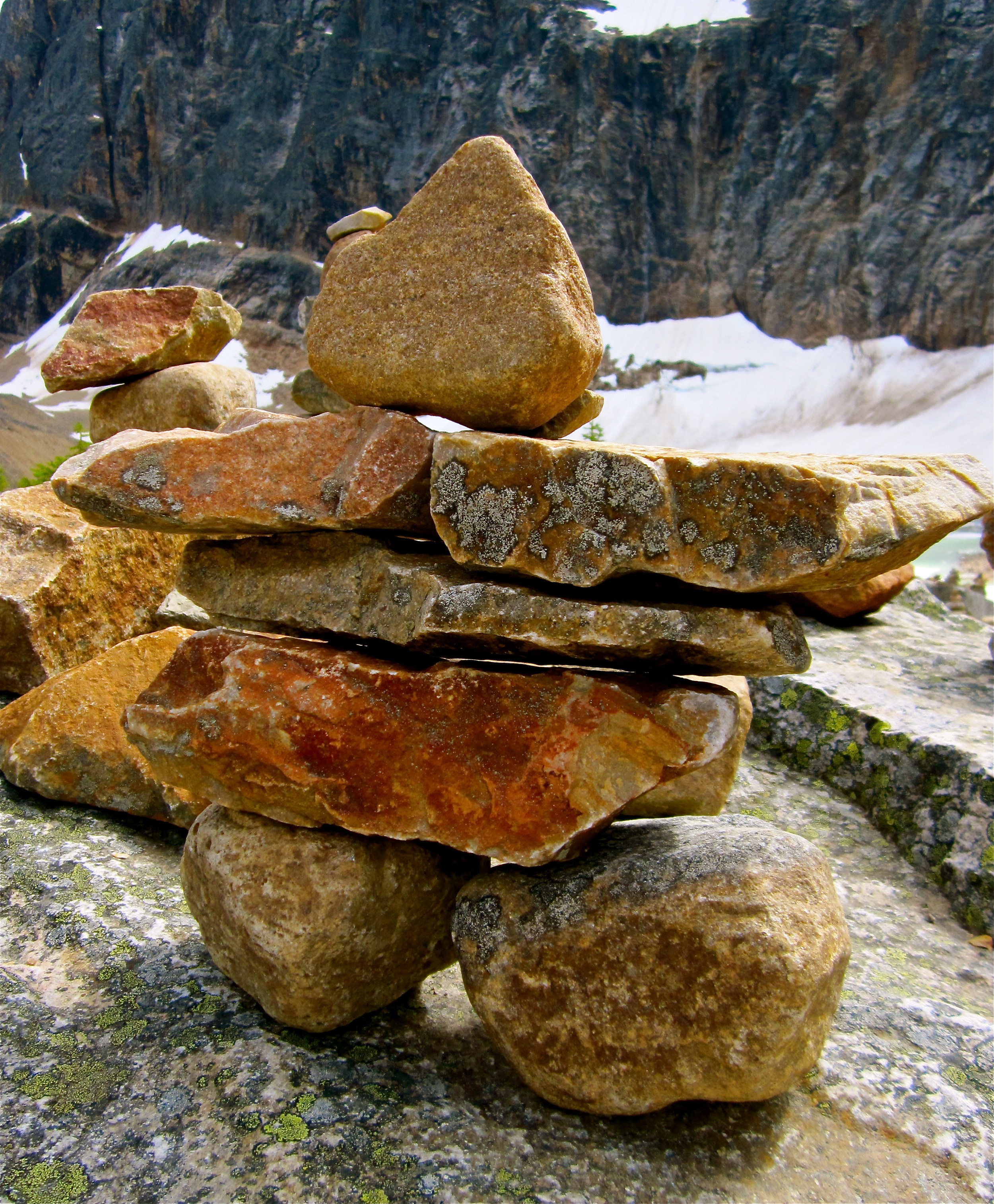


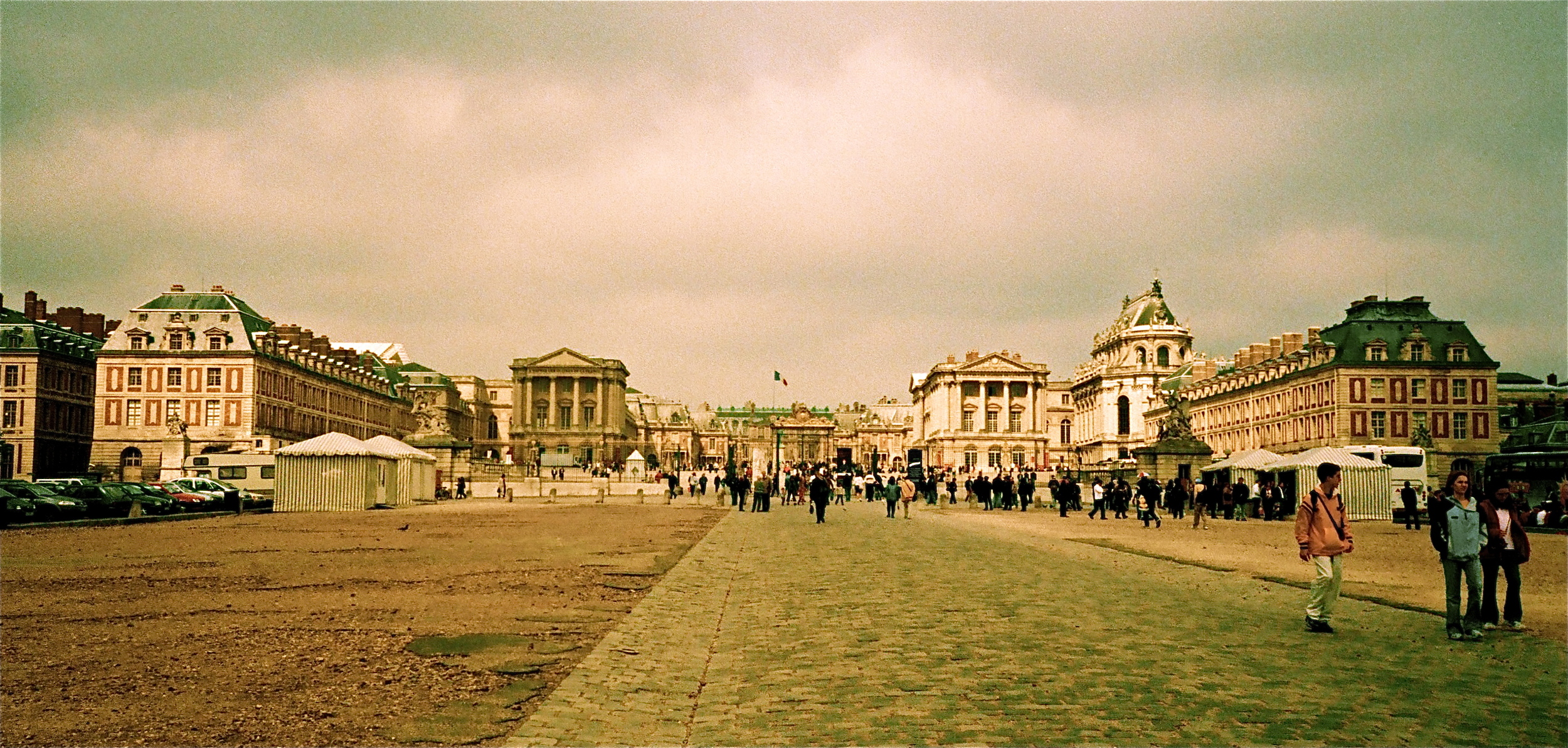



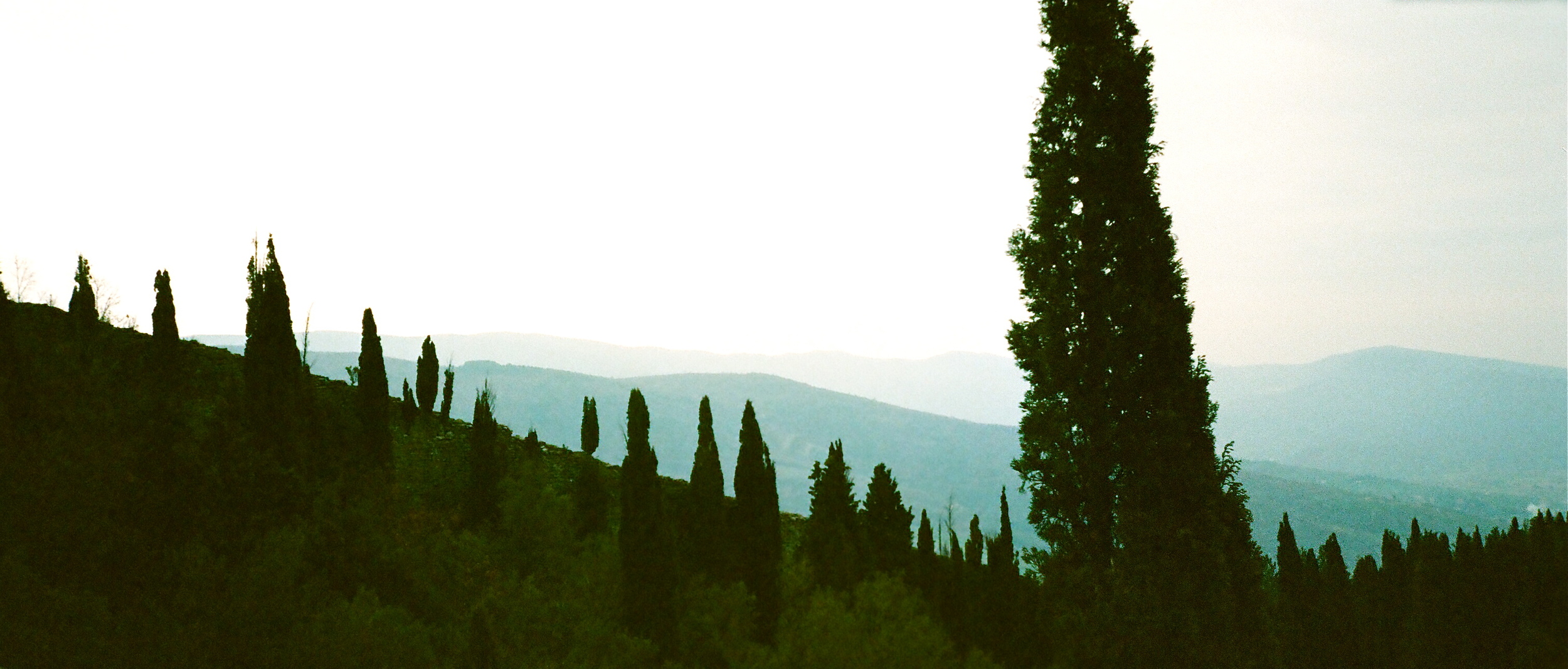







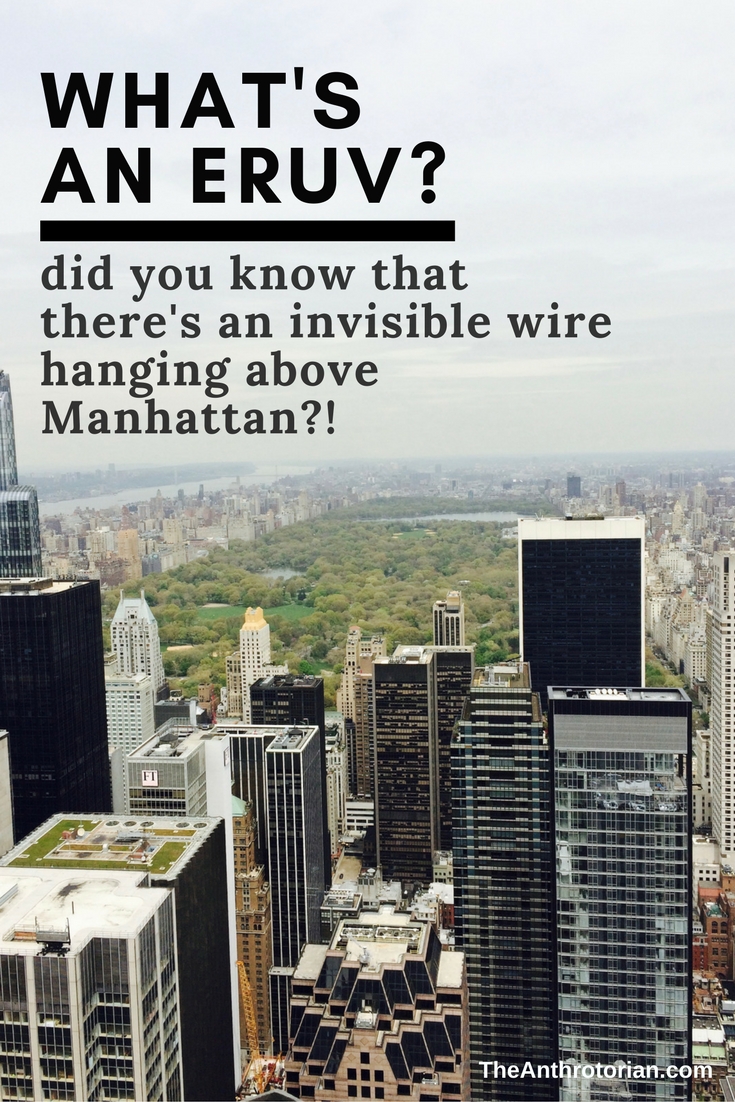










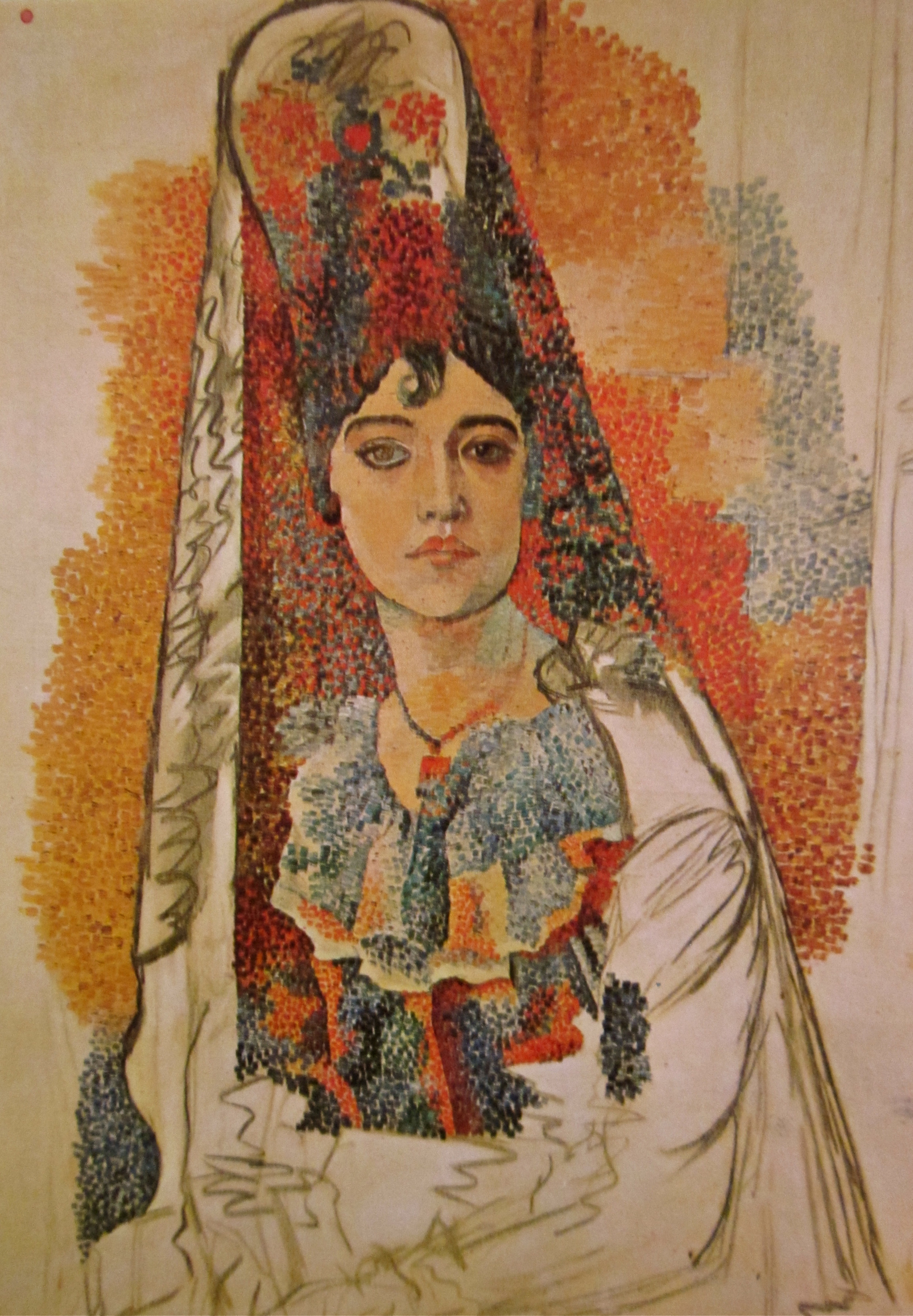


Yes, there are two famous Pantheons that you can visit in Europe — one in Paris and one in Rome — but they were both constructed for very different reasons, and were built hundreds of years apart.